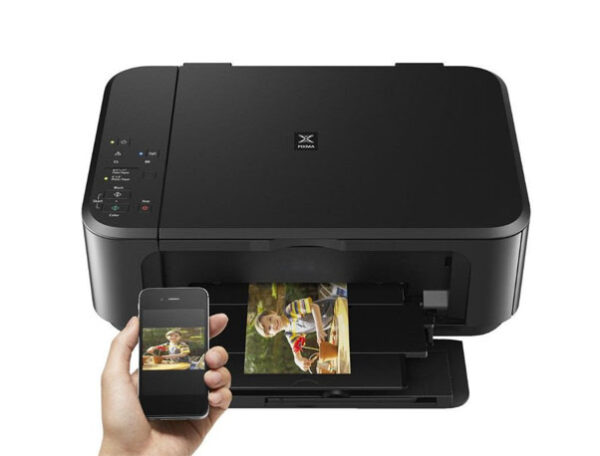
Upgrading the operating system of your computer to the latest version is a smart move for improved performance and new features. However, Windows upgrades don't always go smoothly as the process might cause various issues, from sluggish performance to frustrating errors. Here are some troubleshooting tips to fix common issues after upgrading your computer window.
Slow Performance
One of the common issues that users face after upgrading their computer's window is slow performance. This can be frustrating, especially if you have upgraded your system to enhance its performance. To fix this issue, first, check if any applications or programs are running in the background that might be consuming system resources. Close unnecessary programs or applications that are not in use.
Another solution is to run a malware or virus scan with your antivirus software. Malware and viruses could be responsible for slowing down your system's performance. If the problem persists, try disk cleanup, defragmentation, or removing large files to free up space on your hard drive. You may also consider upgrading your computer's hardware if your system's minimum requirements don't meet the upgraded version's specifications.
Software Compatibility Issues
Another common issue after upgrading your computer's window is software compatibility issues. Some software may not be compatible with the upgraded version, preventing users from accessing or using them. To fix this issue, try reinstalling the software or check if there is an updated version that is compatible with the new operating system.
You can also try running the software in compatibility mode. Right-click the software's icon, select "Properties," and under the "Compatibility" tab, select the previous version of the operating system that the software was compatible with.
Driver Compatibility Issues
Another issue that users may experience after upgrading their windows is driver compatibility issues. Try updating your drivers to the latest version that is compatible with the new operating system. You can do this by visiting your computer manufacturer's website and searching for the latest driver version that is compatible with your new operating system.
You can also try using the device manager to update the drivers. Go to the device manager by pressing "Windows key + X" and select "Device Manager" from the menu. Click on the driver, select "Update driver," and follow the prompts on the screen.
Blue Screen of Death (BSOD)
The blue screen of death (BSOD) is an error screen that is displayed when your computer crashes. It can be caused by hardware or software issues, including driver incompatibility, memory problems, or malware infections. To fix this issue, try restarting your computer in safe mode. To do this, restart your computer and press F8 repeatedly until the "Advanced Boot Options" menu appears. Select "Safe Mode" and press enter.
You may also try running a system file check to fix corrupted files that may be causing the issue. Go to the command prompt by pressing "Windows key + X," select "Command Prompt (Admin)," and type "sfc /scannow." Wait for the scan to complete, and reboot your computer.
Conclusion
Upgrading your computer window is an excellent way to improve performance and take advantage of new features. However, it does come with its set of challenges, as we have highlighted in this post. With these troubleshooting tips, you can fix common issues after upgrading your computer's window and enjoy the benefits of the new operating system without any problem. If the problem persists, you may contact a professional for assistance.

























